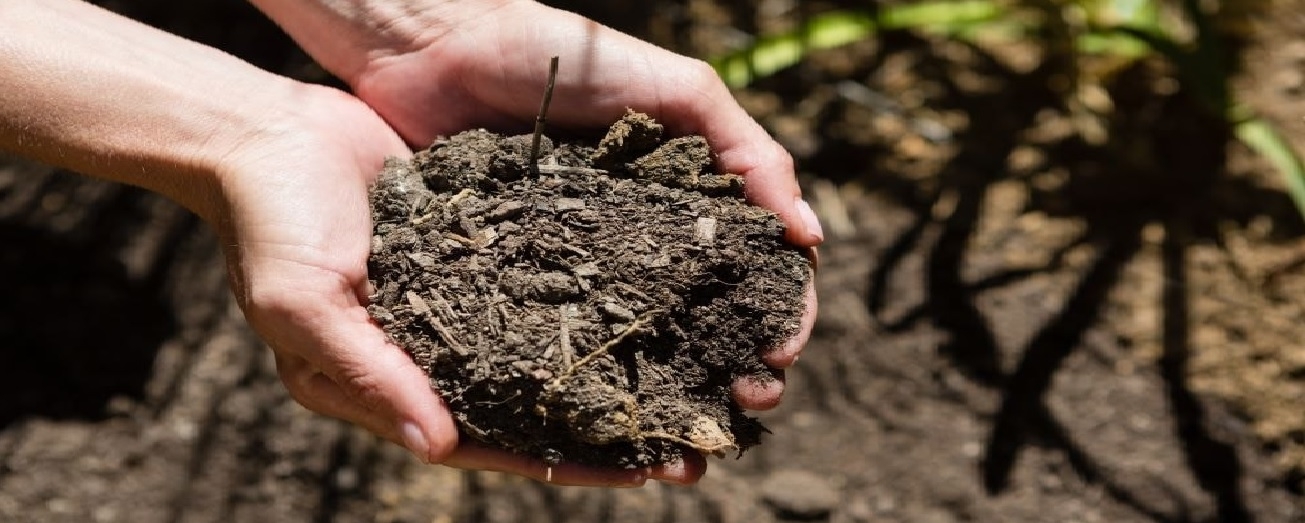
Case feedback: Jacqui Fahey Naturopath – Central Tablelands
Living out on acreage (32 acres), noxious weeds are a common issue often dealt with using glyphosate. It is a requirement by law to manage them. In 2017 I received a notification that the weeds must be managed, otherwise, fines may be pending.
The culprits:
- Chilean needle grass: declared a pest plant. Known to reduce biodiversity in native grasslands where it outcompetes indigenous species.
- Serrated tussock: known for taking over native vegetation. A single plant can produce up to 140,000 seeds each season and seeds can spread long distances by wind and water.
I researched and rang companies all around Australia. I was determined to find an alternative to glyphosate and came up with 2 options to try.
- Acetic acid (vinegar) and sodium chloride (salt): used in February 2017.
I used the concentrated formula (270g/L Acetic Acid, 120g/L Sodium Chloride) which is known for fast acting results within hours of application. Works for common local weeds and invasive species by dehydrating the plant. The company was unsure as to whether it would work for the weeds I was dealing with.
- Pelargonic acid: used in January 2018.
Pelargonic acid is a fatty acid which occurs naturally as esters in the oil of pelargonium plants. It can be made synthetically. The pelargonic acid I sourced is produced sustainably from biologically based raw materials using an environmentally sustainable patented method of extraction. Known as “Australian organic registered farm input ![]() ” with 100% biodegradable ingredients.
” with 100% biodegradable ingredients.
February 2017
For the first spray I used the acetic acid formula covering approximately 2 acres. Some of the tussock and needle grass had already gone to seed. The weed killer was applied as per instructions, on a sunny day with no rain for 24hours. It was mixed with water and had food grade blue dye added to identify where had been sprayed. Within hours I started seeing the Chilean needle grass dehydrating. The tussock took a few more days.
January 2018
Visual inspection. Weeds from the first spray were completely dried out. Some new weeds were appearing as my first spray was too late, some plants had already seeded. The second spray entailed using pelargonic acid. A new product was introduced as I could not access bulk product of the first option (20L). This second spray included new weeds and other parts of the field.
November 2018
Visual inspection. Both weeds had dried out. There was no return at all of the two weeds on my front lawn (which I found easier to manage given a smaller space). The sprayed tussock in the outer field had completely dried out.
Perennial weeds such as needle grass and tussock may require multiple applications to prevent regrowth however the results so far are promising. Early detection is a key part of weed management, though I cannot control seed spread via wind or water from other properties.
Results so far are evident and inspiring, with no residue and no glyphosate used.
I have shared this success with my local fire community who do some spraying for NSW Forestry. They are open to trying these alternatives.





